There are a whole lot of new cameras being released. Mirrorless is all the rage. More and more mirrorless features. More new mirrorless lenses. I buy mirrorless. You buy mirrorless. Everyone is buying mirrorless. Mirrorless. Mirrorless. Mirrorless!…
And I bought a DSLR. Go figure.
This is not my first DSLR, Pentax, or even K-1 go around. Or even my second. That is right. K-1 round 3 folks. I initially wrote a review of this camera in 2016, when it first came out. In that post I opened with a long winded disclaimer. Here is the abridged version:
If you are looking for a light weight, hybrid camera with the latest and greatest AF tech available this is not the camera for you. Video shooters would likely be better served with mirrorless options.
Still there? Great. I cannot seem to stop buying K-1s so I will just hang on to this one so as not to go through this again thank you very much. I will admit there is definitely a sentimental component for me personally as outlined by a previous post that will not apply to others. But DSLRs and specifically Pentax have their advantages. So that raises a question.
Why would anyone be looking at a DSLR nowadays?
First I will list common DSLR traits that apply to all brands and then Pentax K-1 specific features after that.
DSLR Benefits
- Lens availability. DSLR cameras have been around for quite a while with a host of lenses available new and used. (Nikon, Canon, and Pentax AF factory lenses only to pare the lists down a bit.)
- Great ergonomics. As much as I like mirrorless DSLR cameras still generally feel better in hand than many mirrorless cameras.
- Strong build. DSLRs tend to be very sturdy. Step up to the weather sealed models and you can rest assured that your camera will be fine no matter the conditions. Many mirrorless companies make similar claims but I have yet to risk it. They just do not feel as robust.
- Battery life. Many mirrorless cameras are catching up but all day shooting can be achieved with most any DSLR while back up batteries are still needed for many mirrorless cameras.
- Optical viewfinder. I am fine either way EVF or Optical honestly, but many swear by optical viewfinders.
- Great AF performance. A few newer mirrorless cameras do well and unlike most DSLRs offer Eye AF, but most any DSLR will offer a solid AF performance.
- Value. Combine mirrorless becoming all the rage and many DSLRS having been on the market a while and you can pick up quite a capable DSLR at a good price.
- Full feature full frame on the used market. Brand new full frame mirrorless prices are becoming competitive with companies like Sony and Canon discounting earlier models. But they both give up features like battery life and dual card slots when compared to older DSLRs on the market like the similarly priced Nikon D610. The A7II has only one card slot and a small battery, but brings IBIS and solid AF for less than $900. The EOS RP has only one card slot, small battery, no IBIS, and less than a top tier sensor, but is still a solid full frame performer for less than $1,000.. But DSLRs have also been on the market much longer so you can easily find full featured good values on the used market.
- Used APS-C DSLRs can be found all day for relative peanuts. Most any would be great for stills use.
My first DSLR served me very well. It was a Nikon D3300. I really need to write a post on this camera. Give me a 35mm f/1.8 and a couple of zoom lenses…
…and I would do just fine. In fact a higher model, more modern D5300 kit including the two zooms covering the range above costs less than $600. More on this below, but if Nikon had provided an affordable all in one full frame path forward I would likely still be shooting with Nikon to this day.
But neither of the two cameras available at the time were what I was looking for. For example:
- Want built in wireless? D750.
- Want 1/8000s shutter speed? D810.
This logic was largely behind another DSLR backpedal a while back when I picked up a Canon 1Ds Mark II for a couple hundred dollars or so. Grabbed an old Canon 50mm f/1.8 for around a hundred dollars and I had a great time with it for less than many lenses all in.
So DSLRs in general are great. What about Pentax?
A good question since Pentax seems determined not to join the mirrorless fold. Well Pentax marches to the beat of its own drum for DSLRs as well as I will show below.
Pentax Benefits (In general and K-1)
- Lens availability. Pentax options are not as plentiful as Canon and Nikon new or used, but there are still good deals to be had. Plus any Pentax K lens ever made can be used with any modern Pentax whether full frame or cropped where some limitations exist elsewhere. I wrote a whole post on my favorite Pentax lenses for KEH in fact. The Tamron 28-75mm f/2.8 and 70-200mm f/2.8 zooms are excellent budget friendly options if you cannot swing the Pentax f/2.8 zoom options. The all metal weather resistant Pentax 100mm f/2.8 macro is another favorite. And they are all the lenses I would ever really need. One example listed is an old AF 50mm f/1.7 lens that can be had for less than $100 used.
- Lens addendum. “Kit” zooms. Pentax has two lenses that are sold as kit lenses but both perform far above their specs and price point. Both share the same design theme, small size and weight, latest silent constant video Pentax AF tech, weather sealing, sturdy build, great IQ and colors, sharpness, and a reasonable price. They are especially affordable new when bought as a kit. My own product shots below. I wrote a post on how I made the images below.
- APS-C – 18-135mm. Get your hands on a Pentax APS-C body and this full frame equivalent 27-202.5mm lens and that is all many would ever need. It is that good.
- Full Frame – 28-105mm. While the focal length is not as flexible on the long end this lens covers a range that would suit many just fine.
- Great ergonomics. Pentax really shines here. While I have not come anywhere near trying every camera Pentax cameras in general and the K-1 especially feel better in hand than any other cameras I have used. Most any control you can think of has a manual switch. Here are some detail shots of the controls.
- Strong build. Pentax cameras are tanks. The K-1 especially so. Plus I really like the camera looks and feels in hand.
- Weather resistant addendum. Of all the brands I have ever owned Pentax cameras are the only cameras built so stoutly that I actually take them out in inclement weather. All other brands go straight in the bag at the first sign of rain, wind, dust, etc. no matter what the manufacturer claims. Check this video out regarding Pentax weather sealing.
- Battery life. APS-C Pentax cameras have typical DSLR battery performance. The K-1 is a bit less at 760 shots but still ahead of most mirrorless cameras and well enough for a day of shooting for me.
- Optical viewfinder. If you are a fan of all glass pentaprisms the K-1 is your camera. Pentax also adds a lot of great in viewfinder information.
- Great AF performance. Pentax is not the fastest DSLR AF option on the market. The K-1 does also have contrast AF face detect available in Live View. Not as convenient as through the EVF face and eye detect like mirrorless but handy to have. Look elsewhere if you need a dedicated sports camera, but Pentax does just fine for the occasional sports event.
- IBIS or SR in Pentax speak. This one is huge for me. Look at how much flack some brands caught for not releasing their first generation mirrorless cameras with IBIS. It is just about expected with mirrorless. Well Pentax is the only DSLR brand that ever offered IBIS. And they have long had this feature including the K20D released many years ago. This means every lens has IBIS even when using older film glass.
- Image quality. I did not list this above since image quality differs depending on the camera, but Pentax cameras have fantastic image quality. That is one of the main reasons I enjoy using Pentax cameras. Some debate JPEG quality but I shoot RAW regardless and find the files that these cameras produce are great.
- 36MP. I have noted before that I find 40 plus MP cameras overkill for me and 24MP is a sweet spot. Well I find that 36MP is the perfect high MP compromise for me. Large enough to add just that extra bit of detail but not so large as to make a noticeable difference for editing and storage.
- MP addendum. Pentax also makes use of the IBIS to offer high MP Pixel Shift images in static conditions.
- Astro Tracing. Not only does the K-1 have wireless capabilities built in but it also has GPS built in. In addition to location tagging this is also used for a astro tracing where the camera will automatically compensate for blur when taking long exposure night sky photos.
- Value.
- Used Pentax APS-C DSLRs are not as plentiful as other brands but they are great values when you can locate one.
- The K-1 and K-1 II. On the surface these cameras seem expensive. I understand. They have a few years on them and Pentax has no mirrorless plans like others. But these warrant a look when you really look at the features if you are DSLR shopping.
Final Thoughts
Again, if you are looking for a jack of all trades video and stills camera with all of the most recent features this is not your camera. You would likely be better served by a mirrorless option. But…
If you are looking for a truly all weather camera that feels great in hand, can dent driveways if dropped (don’t ask)…
Ok. Full disclosure. I once had my first K-1 in a messenger bag, not a proper camera bag, and the top flap was not latched. Would likely have never taken such a chance with other cameras. A brick of a camera brings more confidence than is wise with me evidently. I got out of my car turned and the bag went light. For a sickening moment I knew exactly what had happened. Waited for it and then I heard it. The K-1 bounced off of the asphalt. Twice. Sounded like a magnesium coconut hitting a rock. I stuffed it back into my bag, and rushed inside to inspect it in a panic. Nothing. I could not find a single mark or scratch. No point of contact located. Everything worked fine. Lens was fine. I was baffled. Then two weeks later after constantly searching the body with the help of a macro lens I finally found the tiniest little hairline crack by the “LV” button. Could not really be seen otherwise. I could not even be certain that it happened at the drop. But it bugged me that it was there with a constant hum of “What if water got in there?”. At first I thought, “I brought this on myself.”, but after consulting with Chris from the local camera shop I sheepishly called Pentax under his advice. I got through to an actual human being, explained what happened, and then they said the most awesome customer service-y thing ever.
“Even if it did happen because you dropped it you should not have been able to put a hairline fracture on a Pentax K-1. Send it in and we will cover the repair.”
I was stunned. After recovering I did as they instructed, sent it in, and they replaced the top plate and fully serviced the camera free of charge as they said they would. Kudos to Pentax.
…, and click off still images like nothing happened for a reasonable price you should give DSLRs a look in general and Pentax cameras like the K-3, K-70, KP, and K-1 specifically.

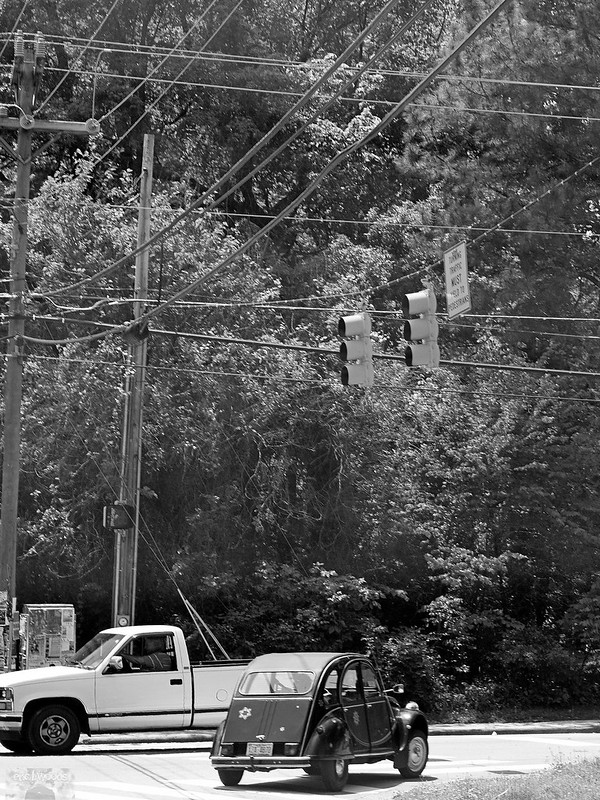
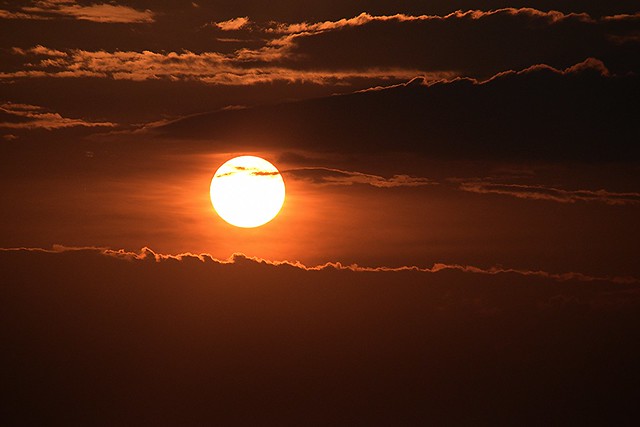




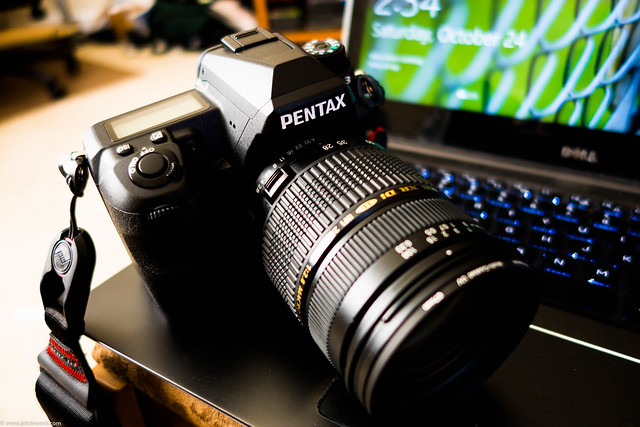
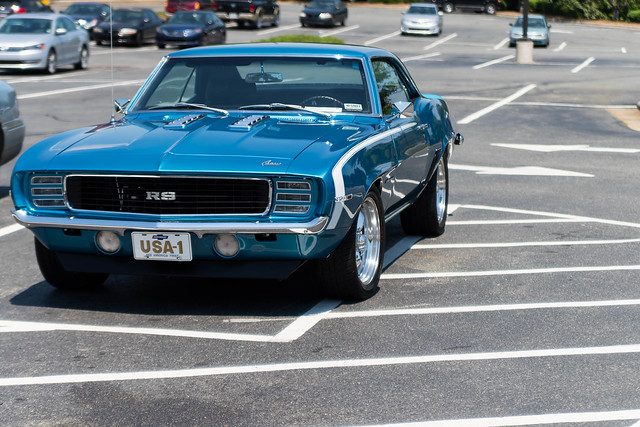





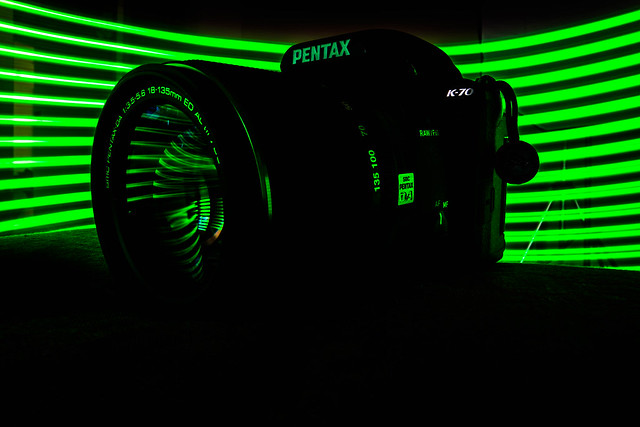

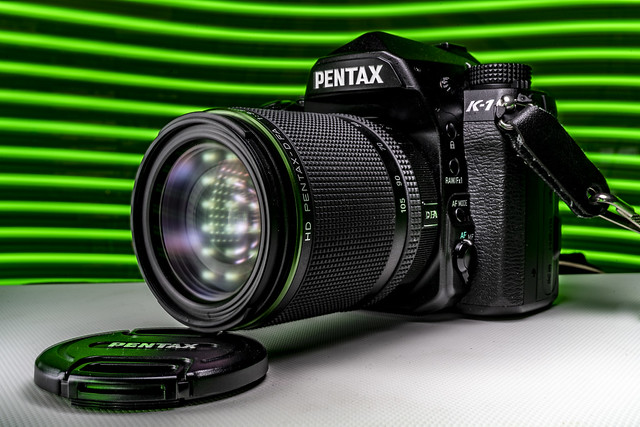
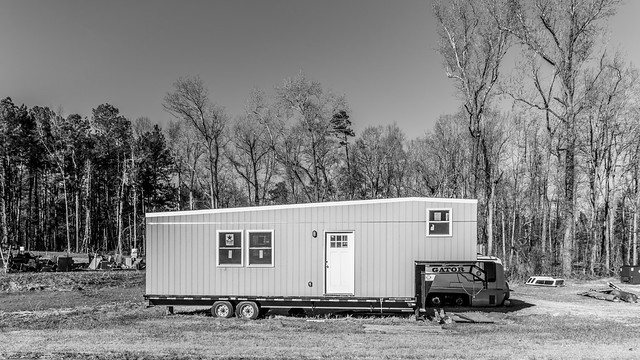








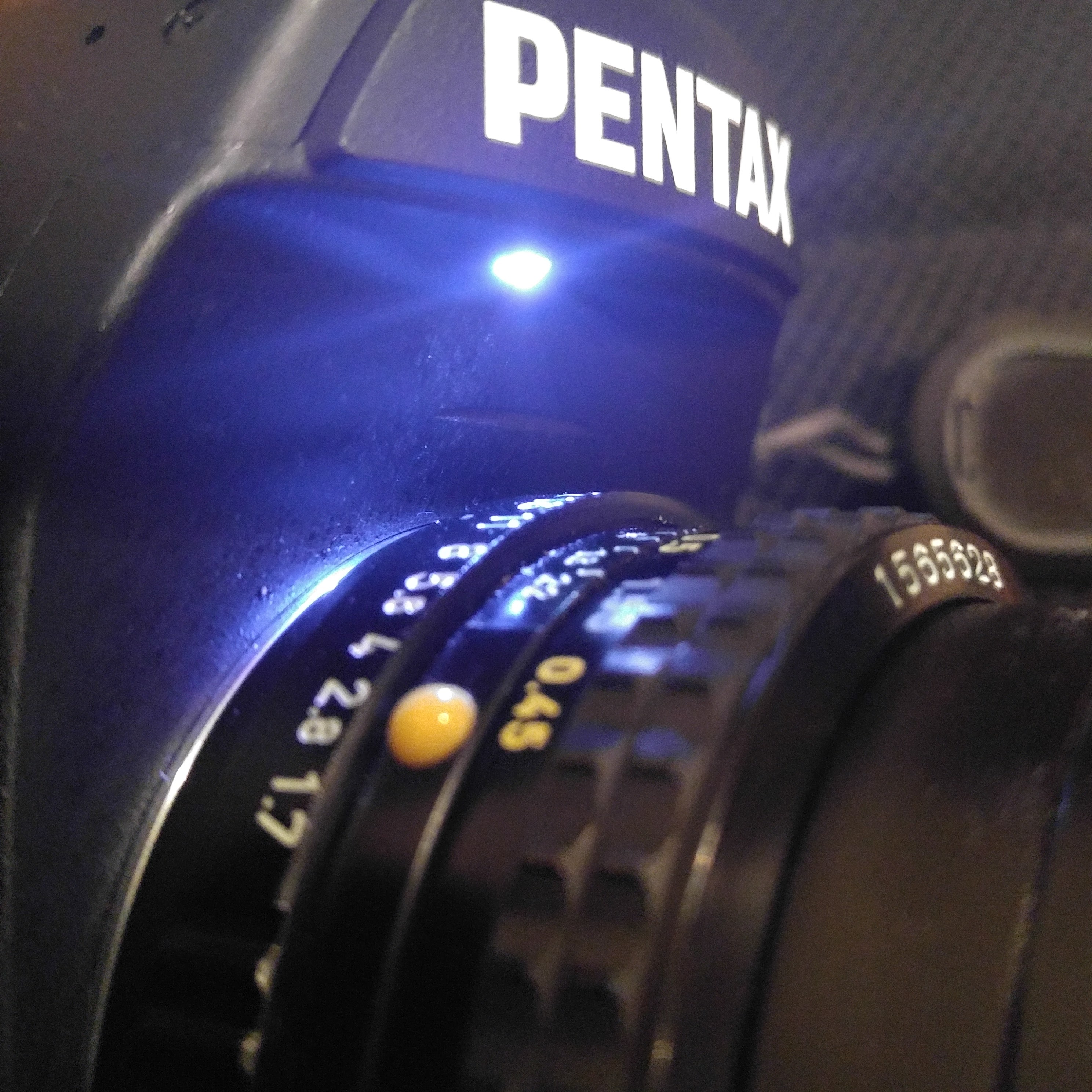
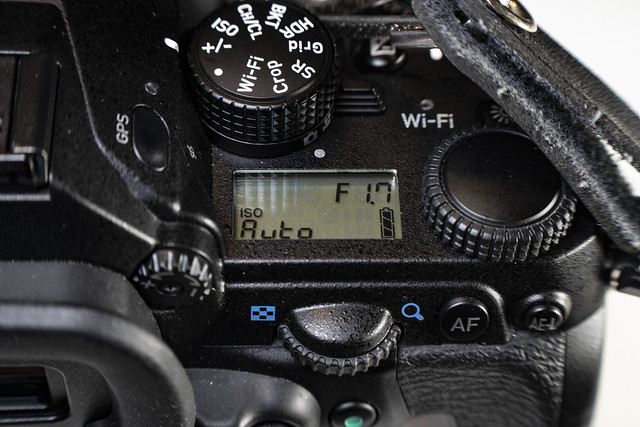
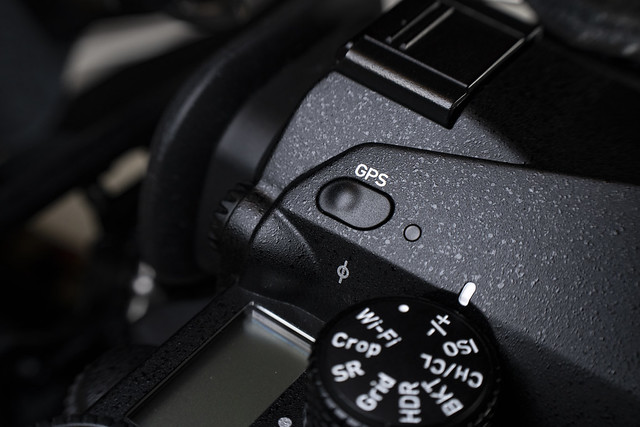

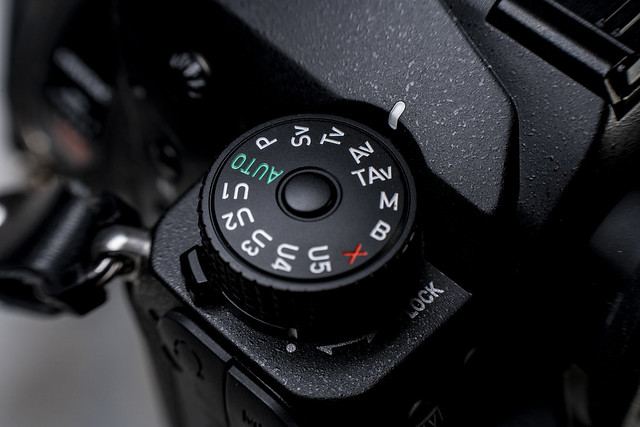



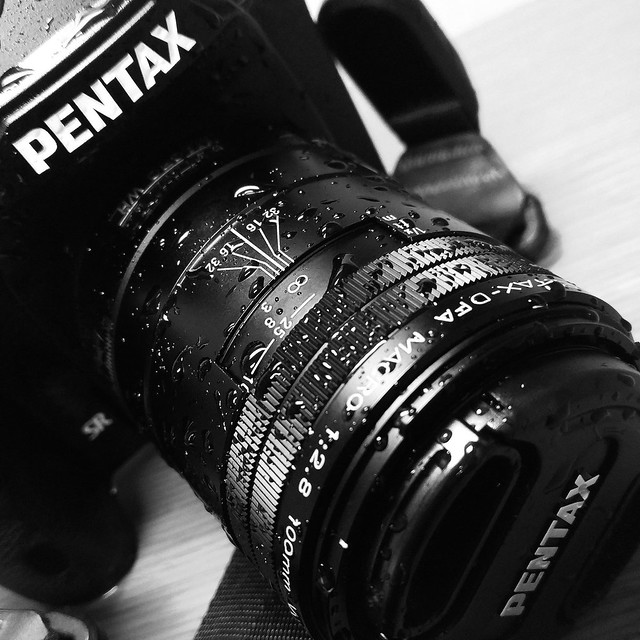


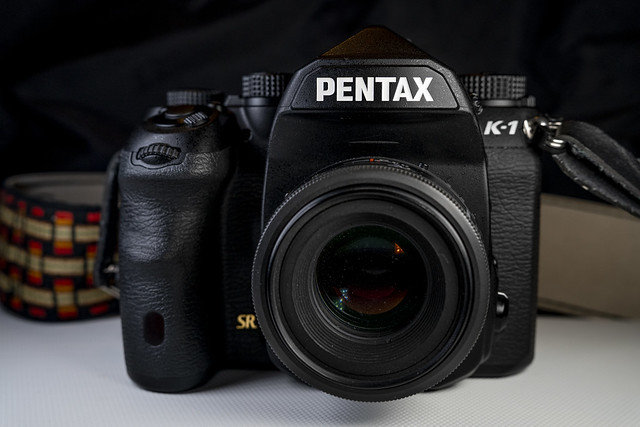
30 Replies to “Pentax K-1 Review: The case for a DSLR in 2021.”
Comments are closed.